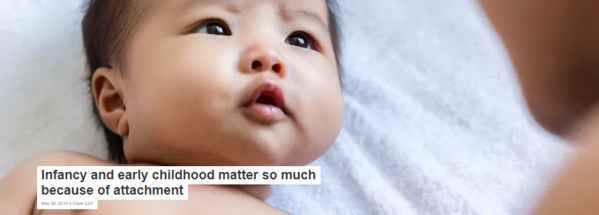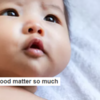We are born to connect. As human beings we are relational and we need biological, emotional and psychological connection with others.
Attachment is the relational dance that parents and babies share together. You can think of this when you see a baby look at their parent and they catch each other’s eyes in a wonderful gaze: the parent smiles and the baby smiles and then the parent kisses and the baby coos. Or, when an infant cries to tell their parent they are hungry, and the parent picks up the baby and provides a warm cozy snuggle and the baby is satiated with a full heart and belly.
René Spitz was a psychiatrist who studied infants and children in orphanages and prisons before Western medicine understood the importance of attachment or connection.
Through his research in the 1930s, Spitz discovered infants and children could die if they were not connected with or touched: they could receive adequate nutrition and health care, but fail to thrive from lack of loving contact.
A child develops a secure attachment (or relationship) to their parents when the child experiences the parents as safe to explore the world from. The parents’ ability to respond to the child sensitively when the child needs them is crucial to the child forming a secure attachment to them.
Attachment theory provides four categories or ways of understanding attachment behaviour: secure, insecure avoidant, ambivalent and disorganized.
To read more of Nikki Martyn's article, please click here.



Comments (0)